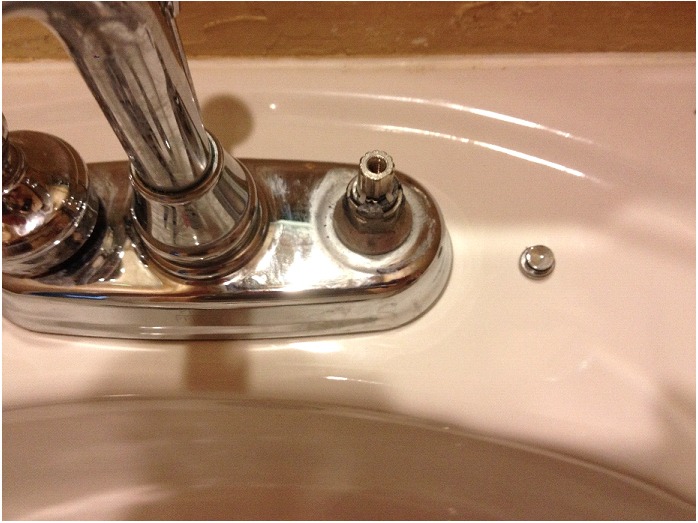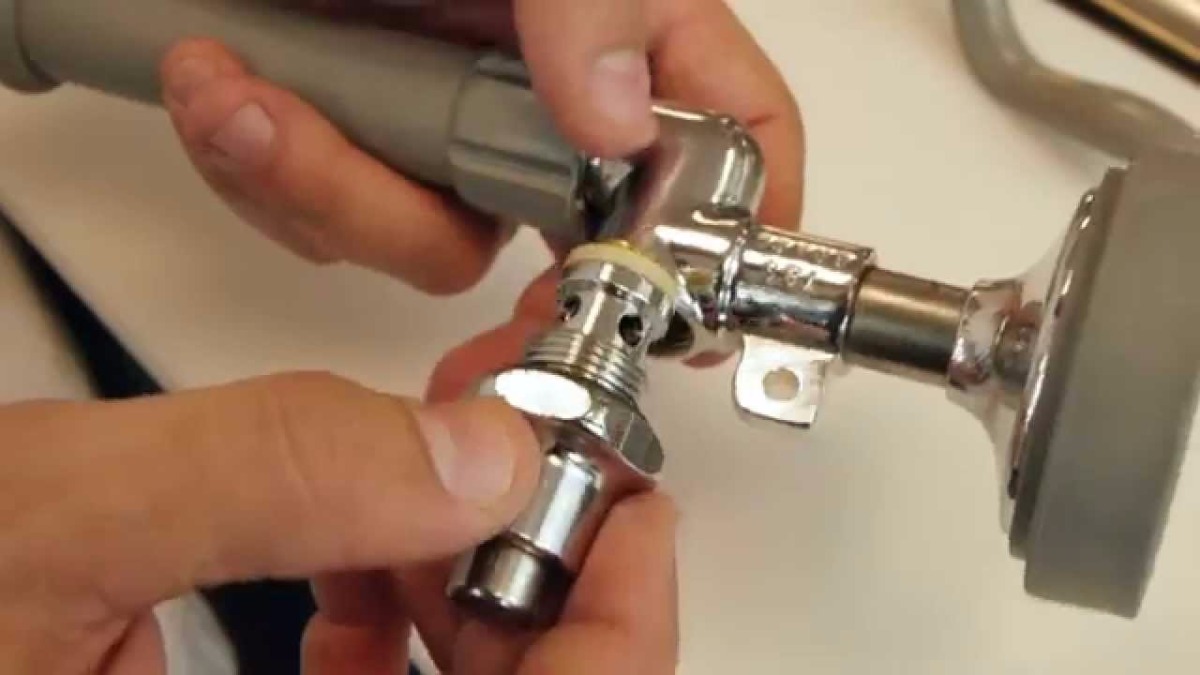Fix Dripping Bathroom Taps With This Quick Guide
Leaky bathroom faucets create an incredibly annoying sound, and they also waste a lot of wasted water. Here are some simple ways to fix almost any leaky tap.
Leaky bathroom faucets can not only create an incredibly annoying sound, but they can also cost you hundreds of dollars in wasted water. Luckily, there are some simple ways to fix almost any leaky tap.

(Source)
Turn Off the Water and Remove the HandlesTurn the water off before doing any work to the faucet as you may end up spraying water all over the bathroom if you leave it on. Pop off the screw covers on the handles with a flat head screwdriver. Be careful to avoid scratching the finish on metal knobs, and avoid breaking or cracking covers for plastic handles. There should be one screw under each handle. Unscrew them and remove the handles.

(Source)
Removing and Investigating the Faucet
Use an adjustable wrench to remove the nut on the tap. Once this is done, you should see the stem. On compression faucets, this stem will be sitting on a rubber o-ring. If the leak appears to be originating from this area, replace the o-ring. There are similar o-rings on the stems for the handles. If the leak appears to be coming from the handles, remove the stems for the handles and replace the o-rings.

(Source)
Working with a Ball FaucetSince there are so many different small and complex parts to a ball faucet and any number of them might be causing the leak, a less frustrating and more cost-effective method for stopping the leak would be to buy a replacement kit and following the installation instructions for the specific kit. Keep in mind that this is a kit meant to replace certain parts of the faucet that may wear out like washers and caps not a complete replacement faucet.

(Source)
Working with Cartridge Faucets
Like with compression faucets, leaks are usually a product of failing o-rings. Remove the screw cover and the screw underneath it. Next, remove the retaining clip and pull the cartridge as far as it can go. Remove the spout and replace the rubber o-rings.

(Source)
TroubleshootingIf these fixes don't work, isolate the area where the leak appears to be coming from and replace any washers, screws or seals that you see. You'll also want to thoroughly clean cylinders and some connections throughout the faucet. You should make sure all connections are as tight as possible. If the leak still remains, it's best to contact a professional plumber as the problem could be more significant than it seems, and additional interference without professional guidance may start doing more harm than good.

(Source)
The right plumber may offer up new solutions to tackle old problems or suggest new, cost effective options for home improvements. Find the right plumber for your project on HomeTriangle.com!